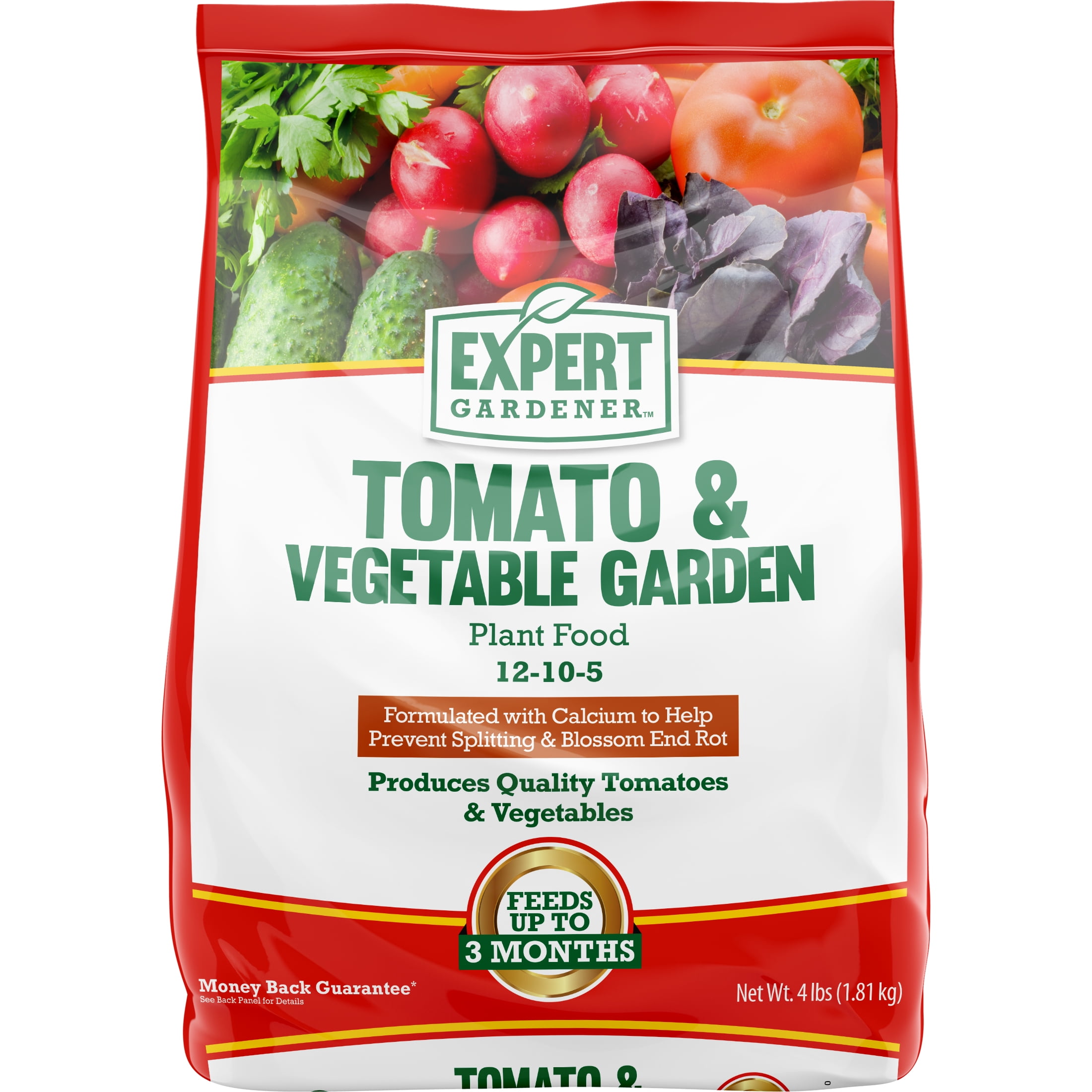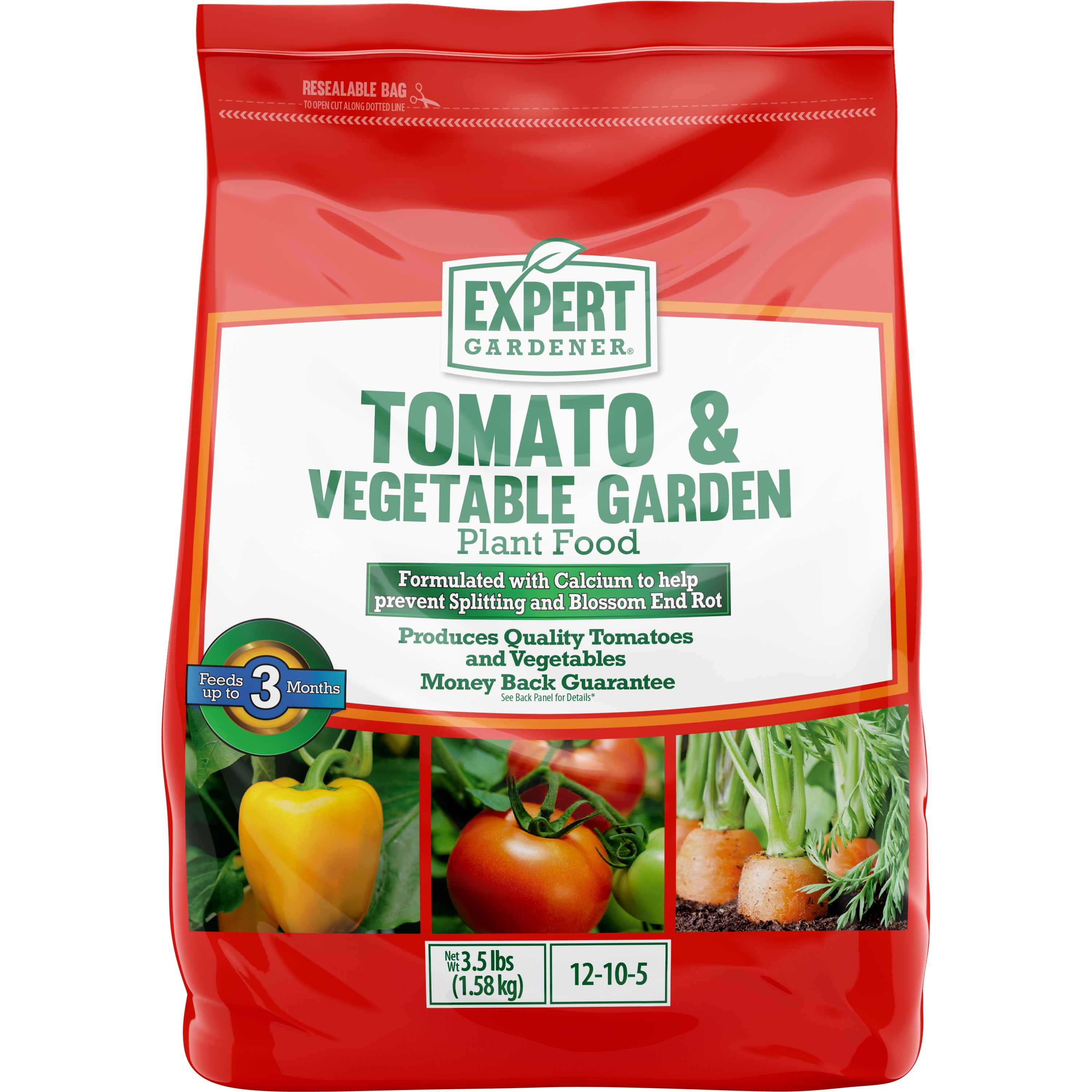Tomato meals fertilizer performs a a very powerful function within the well being and productiveness of tomato vegetation. This complete information will delve into the kinds, software strategies, and very important vitamins for tomato meals fertilizers, empowering you to domesticate thriving tomato vegetation.
Working out the precise dietary necessities of tomato vegetation is paramount. Nitrogen, phosphorus, potassium, and micronutrients like calcium and magnesium are very important for optimum expansion and fruit manufacturing. Natural and inorganic fertilizers be offering distinct benefits and downsides, and choosing the proper one will depend on your gardening personal tastes and soil prerequisites.
Kinds of Tomato Meals Fertilizers

Tomato meals fertilizers are available in various sorts, every with its personal distinctive advantages and disadvantages. Working out the variations between those sorts help you make a choice the most productive fertilizer on your tomato vegetation.
Natural Fertilizers
Natural fertilizers are produced from herbal fabrics, corresponding to compost, manure, and fish emulsion. They free up vitamins slowly over the years, which is helping to steer clear of burning the vegetation. Natural fertilizers additionally support the soil construction and upload advisable microorganisms to the soil.
Some examples of natural fertilizers come with:
- Compost: Compost is a mix of decomposed natural topic, corresponding to meals scraps, leaves, and grass clippings. This can be a wealthy supply of vitamins and is helping to support the soil construction.
- Manure: Manure is the excrement of animals, corresponding to cows, horses, and chickens. This can be a excellent supply of nitrogen, phosphorus, and potassium.
- Fish emulsion: Fish emulsion is a liquid fertilizer produced from fish scraps. This can be a excellent supply of nitrogen and phosphorus.
Inorganic Fertilizers
Inorganic fertilizers are produced from artificial fabrics, corresponding to ammonium nitrate, potassium chloride, and superphosphate. They free up vitamins briefly, which will assist to spice up plant expansion. Then again, inorganic fertilizers too can burn the vegetation if they don’t seem to be used as it should be.
Some examples of inorganic fertilizers come with:
- Ammonium nitrate: Ammonium nitrate is a great supply of nitrogen. It’s continuously used to advertise vegetative expansion.
- Potassium chloride: Potassium chloride is a great supply of potassium. It’s continuously used to advertise fruit and flower manufacturing.
- Superphosphate: Superphosphate is a great supply of phosphorus. It’s continuously used to advertise root expansion.
Very important Vitamins for Tomato Crops
For thriving tomato vegetation, a balanced provide of very important vitamins is a very powerful. Those vitamins play particular roles in quite a lot of plant purposes, from expansion and building to fruit manufacturing. Working out their importance and optimum ratios is essential to making sure wholesome and productive tomato vegetation.
Nitrogen (N)
- Very important for vegetative expansion, selling lush foliage and stems.
- Complements chlorophyll manufacturing, essential for photosynthesis and nutrient absorption.
- Beneficial ratio: 10-15% nitrogen in fertilizer.
Phosphorus (P)
- Helps root building and fruit formation.
- Complements power switch and seed manufacturing.
- Beneficial ratio: 5-10% phosphorus in fertilizer.
Potassium (Okay)
- The most important for water law, illness resistance, and fruit high quality.
- Improves photosynthesis and nutrient shipping.
- Beneficial ratio: 10-15% potassium in fertilizer.
Micronutrients
Whilst nitrogen, phosphorus, and potassium are the main vitamins, micronutrients additionally play essential roles:
- Calcium:Helps mobile wall building and fruit firmness.
- Magnesium:Complements chlorophyll manufacturing and effort metabolism.
- Sulfur:Very important for protein synthesis and enzyme process.
- Iron:Important for chlorophyll manufacturing and respiratory.
Software Strategies and Timing
Making use of tomato meals fertilizer successfully comes to selecting the best means and adhering to the optimum timing right through the plant’s expansion cycle.
There are a number of commonplace strategies of making use of tomato meals fertilizer:
- Aspect Dressing:Making use of fertilizer to the soil across the base of the plant, about 6-8 inches clear of the stem.
- Foliar Feeding:Spraying a diluted fertilizer resolution without delay onto the leaves of the plant.
- Fertigation:Injecting fertilizer thru an irrigation machine.
- Gradual-Unlock Fertilizer:Making use of a granular fertilizer that progressively releases vitamins over the years.
The most efficient time to fertilize tomato vegetation is all over their lively expansion length, which usually starts about 3-4 weeks after transplanting and continues till the vegetation start to set fruit. Fertilizing too early can advertise over the top foliage expansion on the expense of fruit manufacturing, whilst fertilizing too overdue won’t give you the important vitamins for optimum expansion and yield.
It is a very powerful to observe the applying directions at the fertilizer label sparsely to steer clear of over-fertilizing, which will harm the vegetation. Over-fertilizing can result in nutrient burn, stunted expansion, and diminished yields.
Natural vs. Inorganic Fertilizers

Tomato vegetation, like any vegetation, require very important vitamins for wholesome expansion and bountiful harvests. Fertilizers supply those vitamins, however they arrive in two primary sorts: natural and inorganic. Working out the variations between those sorts help you make knowledgeable choices about fertilizing your tomato vegetation.
Natural fertilizers are derived from herbal resources, corresponding to plant or animal fabrics. They free up vitamins slowly over the years, making improvements to soil construction and offering a gradual provide of vitamins to the vegetation. Natural fertilizers additionally make stronger soil biodiversity through selling the expansion of advisable microorganisms.
Inorganic fertilizers, alternatively, are synthetically produced and supply a concentrated supply of vitamins. They’re water-soluble and free up vitamins briefly, making them readily to be had to vegetation. Inorganic fertilizers will also be efficient in offering a snappy spice up to plant expansion, however they don’t support soil construction or advertise advisable soil existence.
Advantages of Natural Fertilizers
- Make stronger soil construction
- Supply a gradual provide of vitamins
- Improve soil biodiversity
- Cut back the danger of nutrient leaching
- Advertise advisable soil microorganisms
Drawbacks of Natural Fertilizers
- Can also be dearer than inorganic fertilizers
- Would possibly free up vitamins too slowly for fast plant expansion
- Can also be cumbersome and tough to use
- Would possibly include weed seeds or pathogens
Advantages of Inorganic Fertilizers
- Supply a concentrated supply of vitamins
- Unlock vitamins briefly, making them readily to be had to vegetation
- Are simple to use
- Can also be adapted to express plant wishes
Drawbacks of Inorganic Fertilizers
- Can also be dearer than natural fertilizers
- Would possibly give a contribution to nutrient leaching
- Can burn vegetation if over-applied
- Don’t support soil construction or advertise advisable soil existence
Examples of Natural Fertilizers, Tomato meals fertilizer
- Compost
- Manure
- Blood meal
- Bone meal
- Fish emulsion
Examples of Inorganic Fertilizers
- Nitrogen-based fertilizers (e.g., ammonium nitrate, urea)
- Phosphorus-based fertilizers (e.g., superphosphate, triple superphosphate)
- Potassium-based fertilizers (e.g., muriate of potash, potassium sulfate)
- Combined fertilizers (e.g., 10-10-10, 15-15-15)
Soil Checking out and pH Issues: Tomato Meals Fertilizer
Sooner than fertilizing tomato vegetation, it is a very powerful to habits a soil check to decide its nutrient content material and pH degree. This knowledge is helping you tailor your fertilization program to satisfy the precise wishes of your vegetation and soil.
Soil pH considerably influences the supply of vitamins to vegetation. Tomatoes desire a soil pH vary of 6.0 to six.8. At pH ranges underneath 6.0, nutrient uptake is diminished, particularly for phosphorus and molybdenum. Conversely, at pH ranges above 6.8, iron and manganese turn out to be much less to be had.
Adjusting Soil pH
In case your soil check signifies that the pH is out of doors the optimum vary, you’ll regulate it the usage of amendments:
- To lift pH (make extra alkaline):Follow lime or wooden ashes.
- To decrease pH (make extra acidic):Follow sulfur or aluminum sulfate.
You have to observe the producer’s directions sparsely when making use of soil amendments to steer clear of over-adjusting the pH.
Indicators of Fertilizer Deficiency and Extra

Right kind fertilization is a very powerful for tomato plant expansion and productiveness. Then again, each fertilizer deficiency and extra can negatively affect plant well being. Working out the indicators and signs of those prerequisites is very important for well timed analysis and corrective measures.
Figuring out Nutrient Deficiencies
- Nitrogen deficiency:Stunted expansion, faded leaves, and deficient fruit manufacturing.
- Phosphorus deficiency:Darkish inexperienced leaves, stunted expansion, and behind schedule fruit ripening.
- Potassium deficiency:Yellowing or bronzing of leaf margins, diminished fruit dimension and high quality.
- Calcium deficiency:Blossom-end rot (darkish, sunken spaces at the backside of culmination), stunted expansion, and leaf distortion.
- Magnesium deficiency:Yellowing of older leaves, with inexperienced veins final visual.
- Sulfur deficiency:Yellowing of more youthful leaves, stunted expansion, and diminished fruit dimension.
Figuring out Nutrient Extra
- Nitrogen extra:Over the top vegetative expansion, darkish inexperienced leaves, and behind schedule fruit ripening.
- Phosphorus extra:Stunted expansion, diminished fruit manufacturing, and root harm.
- Potassium extra:Yellowing of leaf guidelines, diminished fruit dimension, and larger susceptibility to illnesses.
- Calcium extra:Diminished fruit expansion, yellowing of leaves, and leaf scorch.
- Magnesium extra:Darkish inexperienced leaves, diminished fruit manufacturing, and yellowing of leaf margins.
- Sulfur extra:Stunted expansion, yellowing of leaves, and diminished fruit dimension.
Diagnosing fertilizer deficiency or extra calls for cautious statement of plant signs and attention of environmental components. Soil checking out may give additional insights into nutrient ranges and pH. Well timed corrective measures, corresponding to adjusting fertilizer software charges or amending soil pH, are a very powerful for keeping up optimum plant expansion and productiveness.
Q&A
What’s the perfect form of fertilizer for tomato vegetation?
The most efficient form of fertilizer will depend on your gardening personal tastes and soil prerequisites. Natural fertilizers, corresponding to compost or manure, supply a gradual free up of vitamins and support soil construction. Inorganic fertilizers, like granular or liquid fertilizers, be offering a snappy spice up of vitamins however would possibly require extra widespread software.
When will have to I fertilize tomato vegetation?
Fertilize tomato vegetation each and every 3-4 weeks all over the rising season. Steer clear of over-fertilizing, as this can result in nutrient burn and stunted expansion.
How do I do know if my tomato vegetation are getting sufficient vitamins?
Wholesome tomato vegetation have darkish inexperienced leaves, strong stems, and considerable fruit manufacturing. Indicators of nutrient deficiency come with yellowing leaves, stunted expansion, or deficient fruit set.
